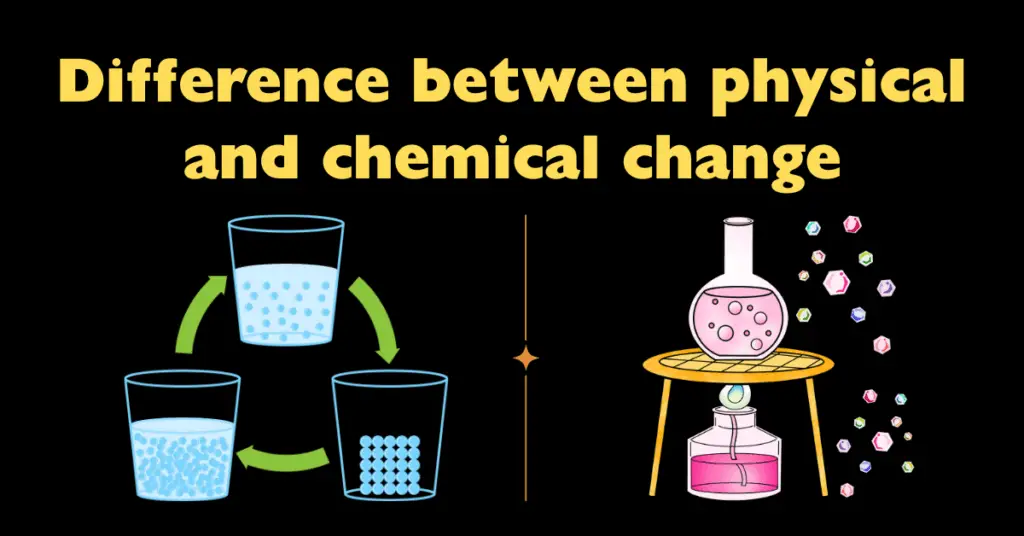Molar Mass: Explained Notes for Students
What is Molar Mass?
- Molar mass is the mass of one mole of any substance.
- It is expressed in grams per mole (g/mol).
- It tells us how much one mole of atoms, molecules, or formula units of that substance weighs.
- Every element has its own atomic mass, which can be found on the periodic table.
- The molar mass of a compound is the total mass of all the atoms present in one mole of that compound.
How to Calculate Molar Mass (Step-by-Step)
- Write down the chemical formula of the element or compound.
- Count the atoms of each element in the formula.
- Look up the atomic mass (in g/mol) of each element from the periodic table.
- Multiply the atomic mass by the number of atoms of that element.
- Add up all the masses to get the total molar mass of the compound.
Examples
Example 1: Silver (Ag)
- Formula: Ag
- Atoms: 1 Ag atom
- Atomic mass of Ag = 107.87 g/mol
- Calculation: 1 × 107.87 = 107.87 g/mol
- Molar mass = 107.87 g/mol
Example 2: Chlorine (Cl)
- Formula: Cl
- Atoms: 1 Cl atom
- Atomic mass of Cl = 35.45 g/mol
- Calculation: 1 × 35.45 = 35.45 g/mol
- Molar mass = 35.45 g/mol
Example 3: Sodium Sulfate $(Na_2SO_4)$
- Formula: $(Na_2SO_4)$
- Atoms: 2 Na, 1 S, 4 O
- Atomic masses: Na = 22.99, S = 32.07, O = 16.00 g/mol
- Calculation:
$2 \times 22.99 = 45.98$
$1 \times 32.07 = 32.07$
$4 \times 16.00 = 64.00$ - Total molar mass = 45.98 + 32.07 + 64.00 = 142.05 g/mol
Example 4: Urea $(CO(NH_2)_2)$
- Formula: $(CO(NH_2)_2)$
- Atoms: 1 C, 1 O, 2 N, 4 H
- Atomic masses: C = 12.01, O = 16.00, N = 14.01, H = 1.008 g/mol
- Calculation:
$1 \times 12.01 = 12.01$
$1 \times 16.00 = 16.00$
$2 \times 14.01 = 28.02$
$4 \times 1.008 = 4.03$ - Total molar mass = 12.01 + 16.00 + 28.02 + 4.03 = 60.06 g/mol
Summary Tips for Students
- Always start with the chemical formula.
- Be careful to multiply correctly when there are subscripts.
- Use the latest periodic table for atomic masses.
- Add all the partial masses to get the final molar mass.
- Practice with different formulas to become confident.
For more information visit: Mole Concept
